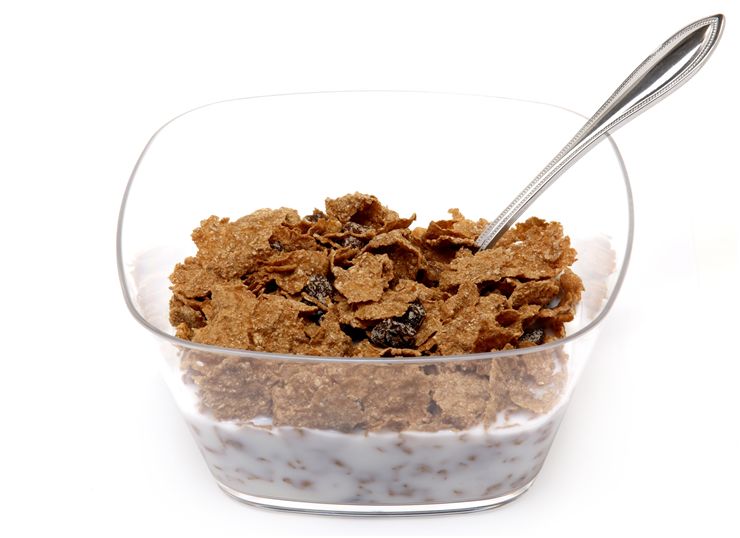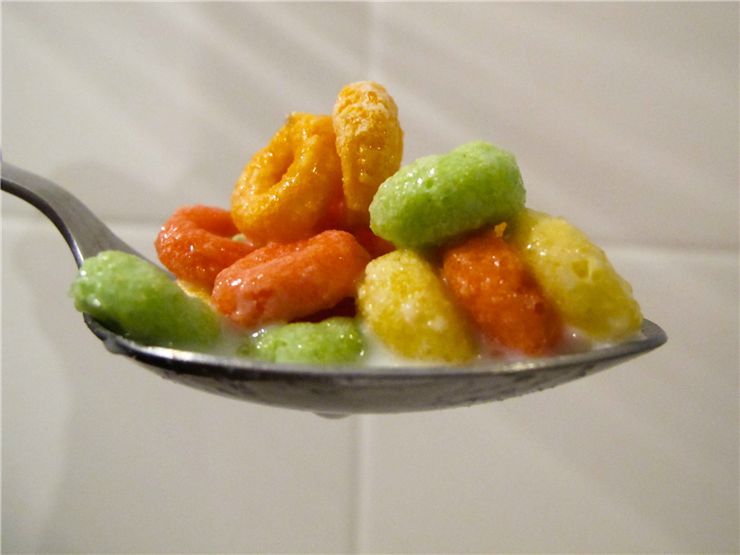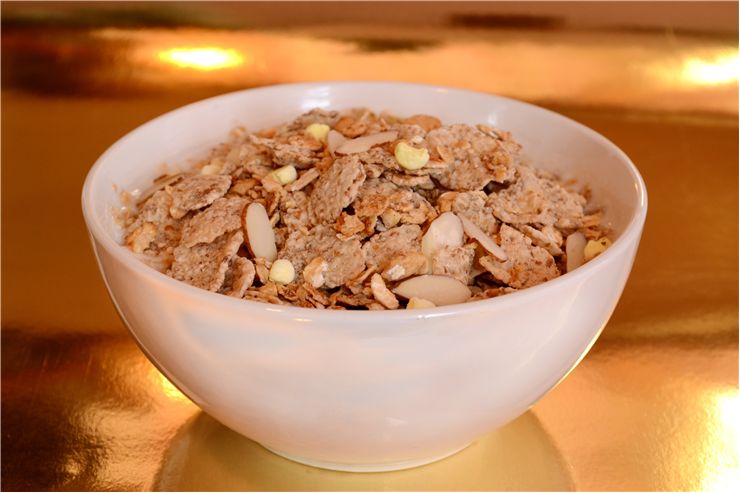History of Cereals and Breakfast Cereal Industry
Food made from processed grains called breakfast cereal is today one of the most popular breakfast foods (50% of Americans, for instance, eat cereals for breakfast every day but Americans are only 4th greatest consumers of cereals in the world).
Cereal History
Cereals were invented as a healthy diet. In time, most of them turned into very unhealthy type of food. They have high sugar and fat and not too much of useful ingredients. But not all cereals are bad for you. Some of them can help you lead a healthy life and even save you from some horrible diseases.
Cereal Facts
Cereals can have beneficial characteristics. But not all cereals are the same. Nor all porridges. Learn some interesting facts about cereals, how are they made around the world and how they can help you.
Cereal Making
When the first commercial breakfast cereals appeared, no one knew what will happen. But many other appeared after them, some similar, some completely different, some better, some worse. And all of them are made differently.
Brief History of Cereals
Processed grains are used for human nutrition since the ancient times. Porridge (made by boiling ground, crushed, or chopped cereal in water or milk) was known in Europe and Russia for thousands of years. Native peoples of North America had their variants of processed grains which they used for nourishment (grits and hominy).
Morning meals of 19th century America consisted largely of meat and didn't have enough fiber which resulted in digestive problems and constipation. Because of that vegetarian movement started appearing and food reform began. The Seventh-day Adventists from Michigan made these food reforms part of their religion which will later have an important part in discovery of breakfast cereals.
The first breakfast cereals were made by Ferdinand Schumacher, a German immigrant, in 1854. He produced them on a hand oats grinder in the back room of his store in Akron, Ohio. The first company for manufacturing oatmeal in the United States was also his. It was called “German Mills American Oatmeal Company” and it will later become “Quaker Oats Company”. At around the same time appeared the first cold breakfast cereal. It was called “Granula” and was invented by James Caleb Jackson. After that George H. Hoyt created “Wheatena” cereals and started selling it in boxes instead by the pound. These early variants where not too popular because they had to be soaked overnight so they could be edible in the morning.
John Harvey Kellogg, doctor, medical superintendent at the Western Health Reform Institute, and Adventist experimented with granola to invent lighter and bland food for his patients (he believed that strong food leads to sin). Him and his brother William experimented with granola and, because of a mistake they made, invented with Cornflakes which they patented in 1891 and started mass-producing it in 1906. Patients of sanatorium liked corn flakes and soon the whole country joined them. William K. Kellogg bought patent in 1906 and opened Kellogg Toasted Corn Flake Company. He stopped producing corn flakes as a health food, he started adding sugar and began heavy advertising campaign which made of company what it is today. He was the first to offer prizes for those who buy his products. Charles W. Post was inspired by Kellogg's cornflakes (he was at one time a patient at their sanatorium) and invented Grape-nuts (which had nutty flavor but contained no grapes and no nuts). He founded Post company also in Battle Creek, Michigan where the Kellogg's company was. Cereals spread around the world and other companies started appearing. “Force” wheat flakes appeared in UK in 1902, for instance. The first puffed cereals appeared in 1930s and were called Kix. Cereals became popular again in 1960s with other types of health food. Today, breakfast cereal industry has gross profit margins of 40 – 45% and, in some markets, penetration of 90%.
- 50% of ingredients of breakfast cereals “Honey Smacks” and “Golden Crisp” manufactured by Kellogg's, consists of sugar.
- People call Battle Creek, Michigan the "Cereal Capital of the World". Kelloog's and Post are based there.
- Healthy variants of breakfast cereals can be really healthy. They have vitamins, minerals and antioxidants.
- A cannon that was used in the Spanish-American war was converted into the first pressure cooker for making puffed cereals.
- After the Second World War, breakfast cereal manufacturers started predominantly targeting children in their advertisements and haven't stopped since.
Note: This site does not provide medical advice, diagnosis or treatment.




